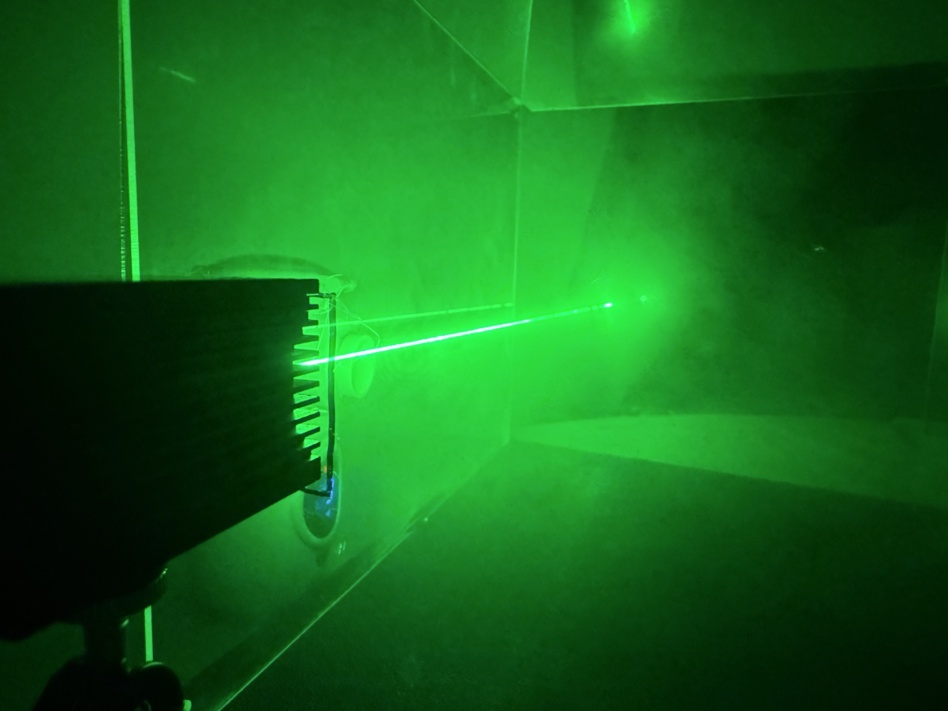In the world of optical communications, cloudy days are bad for business.
Compared to radio comms, space-to-ground lasers stand to increase both how much data satellites can downlink to ground stations on Earth, and the speed with which that data can be accessed—but only if the weather is nice.
Nyxara, a new startup from Palo Alto, wants to solve this issue by creating a space-based internet service built on laser communications hardware capable of transmitting through cloud cover.
Meet Nyxara: Nyxara was founded in 2024 by Gulmohar Ahluwalia, an Australian engineer who helped Telstra (an Australian telco) transition the country’s network from 4G to 5G. Now, she’s developing a service to bring the world into the 6G era.
“The way our data needs are rapidly rising, two things don’t match up: The infrastructure layer and the comms needs…[We] will need a platform shift in a few years to be able to look at sixth-generation comms,” Ahluwalia told Payload. “We want to get you terabits-per-second speed internet from space, anywhere on Earth.”
Laser links: For Ahluwalia, the proliferation of laser comms is inevitable, and the cloud-cover-induced bottleneck is just an engineering problem that needs to be solved.
On cloudy days, satellite operators using optical comms are forced to relay data through an in-space network until it reaches a satellite with an unobstructed view of a ground station, and then use terrestrial comms to deliver that data to operators.
This workaround has meant that the low-latency promise of optical comms is often slowed by bad weather. With Nyxara’s internet service, satellites could transmit directly to an optical ground station anywhere on the planet, meaning satellite data could be accessed faster, and companies could begin building optical ground stations in areas with strategic advantages—instead of focusing on areas with minimal cloud cover.
“The alternative to just covering the Earth in more and more data centers, and laying very, very expensive subsea fiber optic cable or ground cable…is scaling with these satellites that can already collect all that data. They just have a problem in getting it down to the ground. So that’s what we’re solving,” Ahluwalia said.
Pew pew: Nyxara’s solution uses two lasers at once:
- The first laser—a “cloud clearing” beam more powerful than medical lasers and less powerful than those used in directed energy weapons—creates a pipeline through cloud cover by shattering and evaporating water droplets in its way.
- The second laser flows through this pipeline to transmit and receive data from satellites in LEO or GEO.
Nyxara’s tech is still in the early stages of development, but Ahluwalia expects to hold a field demonstration on a foggy morning early next year. The company plans to ramp up its technology by performing tests at larger and larger distances, stretching kilometers or beaming up to cloud-covered mountaintops.
From there, Nyxara plans to roll out commercially within the next five years, beginning with its first cloud-clearing optical ground station, which will serve as a proof of concept for future partnerships. For future telecom customers, the tech couldn’t come sooner.
“Every time we speak to a telco…They get so excited about it,” Ahluwalia said. “When you see interest from multiple parties at that early stage, it really tells you that this is a major problem that everyone’s facing.”




